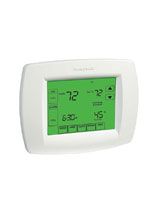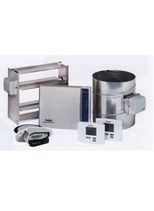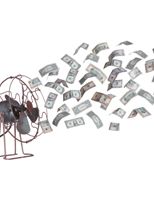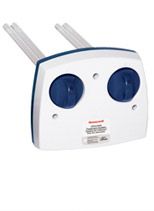
Air Purification
Did you know that Indoor air pollution has been described by the EPA and Congress as America’s #1 environmental health problem?

Thermostats
We are experienced with a complete line of digital thermostats, programmable thermostats and comfort controls to meet your needs.

Zoned Comfort Control
Zoned heating and air conditioning systems allow you to control the temperature of each room individually.

Coil Cleaning
When a coil becomes fouled with dirt and grime, it cannot provide adequate or designed heat transfer causing higher discharge pressures.

UV Lights
Ultraviolet Air Treatment Systems zap mold spores and airborne bacteria passing by the lamp to prevent them from being re-circulated into your home's air.